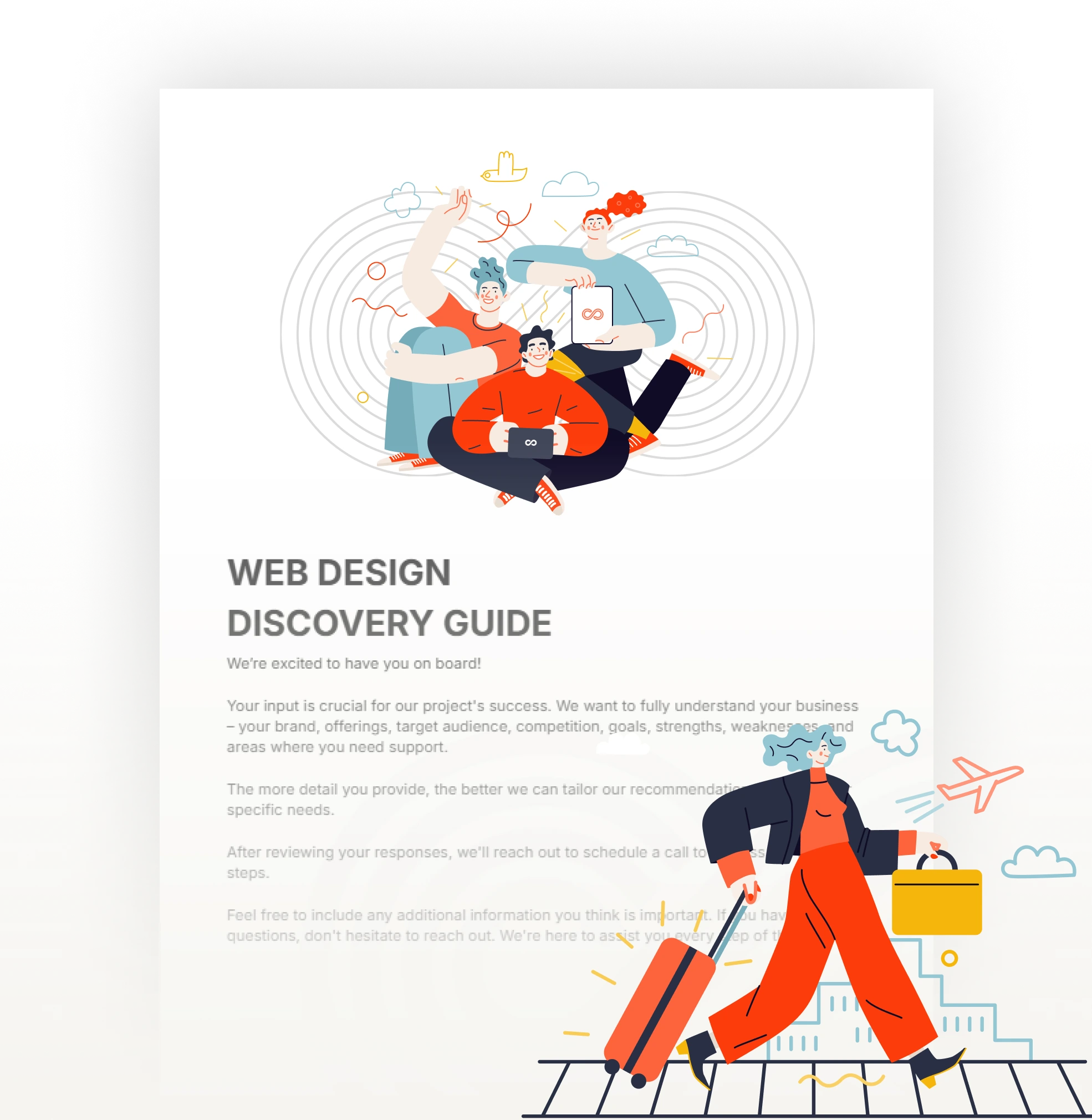Aligned Position Web Design: Building Responsive, Mobile-Friendly Websites for Modern Users
Aligned Position Web Design: Building Responsive, Mobile-Friendly Websites for Modern Users
Blog Article
The Very Best Kinds Of Web Layout to Improve User Experience and Engagement
In the ever-evolving landscape of electronic communication, the performance of website design substantially influences individual experience and engagement. Numerous design strategies, such as minimalist, responsive, and interactive layouts, each offer distinct advantages that can deal with varied individual demands. Recognizing which kinds of website design ideal serve these goals can be pivotal for businesses aiming to improve customer contentment and retention. Nonetheless, the inquiry stays: which style elements genuinely reverberate with individuals and foster purposeful interaction? The expedition of these concepts discloses crucial understandings that may redefine your approach to website design.
Minimalist Web Style
As electronic landscapes become increasingly messy, minimal Web layout has actually become a powerful approach to enhancing customer experience. This design viewpoint focuses on simpleness, focusing on vital elements while getting rid of unnecessary distractions. By using sufficient white area, straightforward navigation, and a limited shade combination, minimalist style cultivates quality and guides customer focus to essential material.
The core concept of minimalist Web layout is to develop a smooth communication for customers. By lowering cognitive load, individuals can quickly comprehend information without really feeling overwhelmed. This direct technique not only enhances use yet also urges involvement, as site visitors are extra most likely to discover a website that is aesthetically appealing and very easy to browse.
Additionally, minimalist style typically stresses typography and imagery, using these components purposefully to share messages successfully. This concentrate on essential components can improve brand name identification and create a memorable customer experience. Essentially, minimal website design is not simply a trend; it is a thoughtful method that identifies the value of user-centered style. By stripping away extraneous components, developers can develop a much more appealing, reliable, and delightful Web experience for all customers.
Receptive Website Design
In today's varied digital environment, receptive website design has actually ended up being essential for producing a seamless customer experience throughout a wide range of gadgets. As customers access internet sites on smartphones, tablet computers, desktop computers, and laptops, the capability of a web site to adjust its layout and web content to different display sizes and resolutions is critical.
Responsive website design uses adaptable grids, pictures, and CSS media queries to make certain that Web content exists optimally, no matter of the tool made use of. This technique not just boosts the aesthetic charm of a web site yet also considerably improves use. Users are most likely to engage with a website that provides a constant experience, as it gets rid of the stress of needing to focus or scroll excessively.
Furthermore, search engines, including Google, prioritize mobile-friendly websites in search positions. By adopting receptive layout, companies can boost their visibility and get to a broader target market. This method also streamlines website maintenance, as a single variation of the website can deal with all devices, minimizing the requirement for numerous variations. In summary, responsive website design is an essential technique that boosts individual experience, engagement, and overall fulfillment.
Interactive Web Design
Receptive Web design lays the groundwork for improving individual experience, yet interactive Web style takes this a step additionally by engaging individuals in a much more vibrant way - Aligned Position Web Design. By incorporating elements such as animations, clickable prototypes, and real-time comments, interactive Web design astounds customers, drawing them right into a richer browsing experience
This approach not just promotes interaction but also encourages customers to check out content proactively instead than passively eating it. Techniques such as gamification, where customers make incentives for finishing tasks, can significantly enhance the moment spent on a site and enhance general contentment. Furthermore, interactive attributes can streamline complicated details, making it more absorbable and delightful.

Incorporating interactive design elements can additionally cause higher conversion rates, as users are extra most likely to involve with a site that actively entails them. Aligned Position Web Design. Eventually, interactive Web layout transforms individual experiences into remarkable trips, making certain that site visitors return time after time
Apartment Style
Characterized by its minimalistic method, flat layout emphasizes simplicity and performance, removing away unnecessary components and concentrating on essential functions. This design viewpoint prioritizes functionality, guaranteeing that users can navigate interfaces easily and performance. By employing a tidy aesthetic, level layout removes the clutter usually located in extra elaborate styles, therefore improving customer emphasis on web content and functionality.
The characteristic of flat design hinges on its use of vibrant shades, straightforward typography, and geometric shapes. These aspects contribute to an aesthetically appealing user interface that is both friendly and modern-day. In addition, level layout cultivates a sense of clarity, enabling individuals to determine necessary activities and info without diversion.
Additionally, flat layout is especially effective in receptive Web style, as its simplicity converts well throughout numerous devices and screen dimensions. The lack of intricate textures and slopes minimizes loading times, which is critical for preserving customer engagement. As electronic landscapes proceed to develop, level layout remains a pertinent option for creating straightforward websites that enhance general experience. By concentrating on crucial functions, level layout not only satisfies user demands yet likewise urges smooth interaction, making it a vital part of effective website design approaches.
Adaptive Web Design
Flexible Web layout tailors the individual experience by developing several fixed designs customized to various screen dimensions and gadgets. Unlike responsive style, which fluidly readjusts a single layout, flexible layout uses distinctive formats for particular breakpoints, making sure optimal discussion on different systems. This technique enables designers to concentrate on the one-of-a-kind qualities of each tool, enhancing usability by supplying precisely what individuals require based upon their context.
One of the primary benefits of adaptive Web style is its find this capacity to enhance tons times and performance. By offering tailored material and photos that fit the individual's tool, internet sites can minimize data use and improve loading speeds. This is particularly advantageous for users with slower links or limited data strategies.

Additionally, flexible style promotes an extra regulated and consistent branding experience. Considering that developers produce numerous layouts, they can make certain that the aesthetic aspects align with the brand name's identification throughout different systems - Aligned Position Web Design. This causes a natural customer experience, improving interaction and advertising individual retention
Final Thought
To conclude, the assimilation of minimal, responsive, and interactive website design concepts considerably boosts customer experience and interaction. Minimal layout fosters clarity and focus, while receptive layout ensures flexibility throughout numerous tools, promoting availability. Interactive design astounds customers with vibrant aspects, motivating expedition and personalization. Collectively, these style approaches add to the production of user-friendly atmospheres that not only improve fulfillment but additionally drive higher conversion rates, emphasizing their critical relevance in modern Web design approaches.

Minimalist style promotes clarity and emphasis, while receptive design ensures flexibility throughout numerous devices, promoting accessibility. Jointly, these layout comes close to contribute to the production of user-friendly atmospheres that not just boost fulfillment yet likewise drive higher conversion prices, underscoring their critical relevance in read the full info here contemporary Web style methods.
Report this page